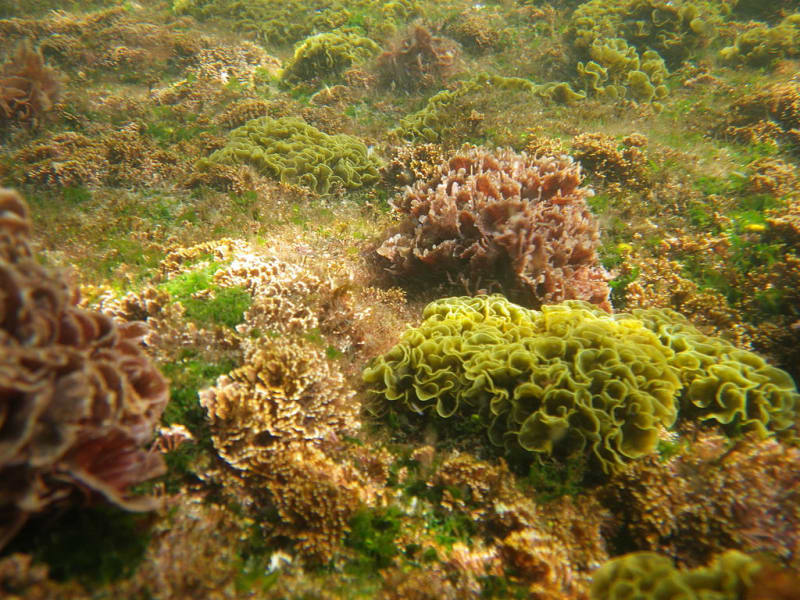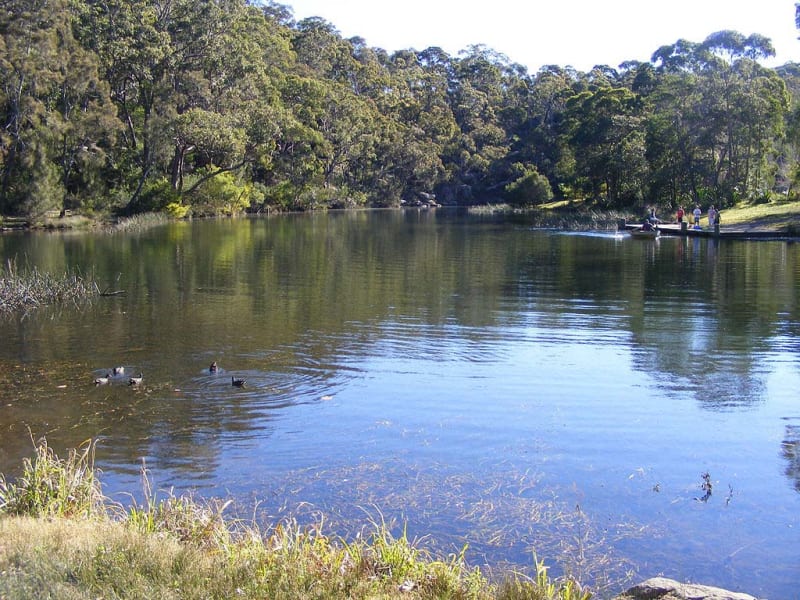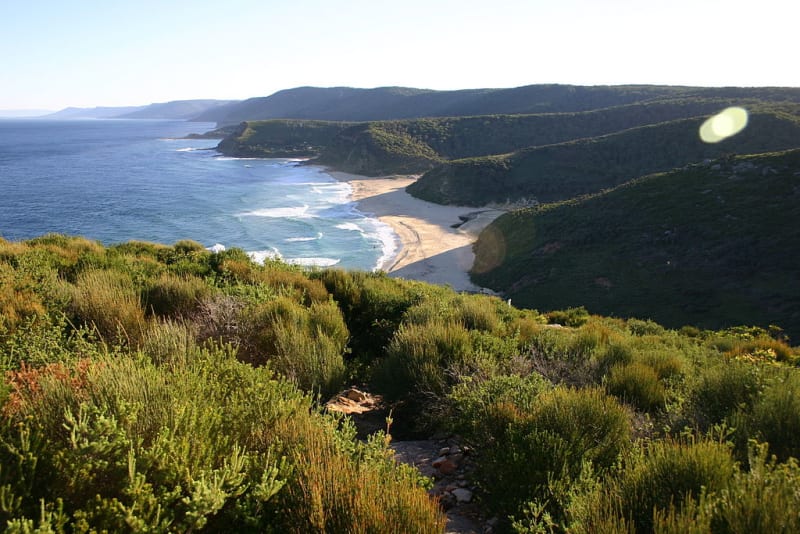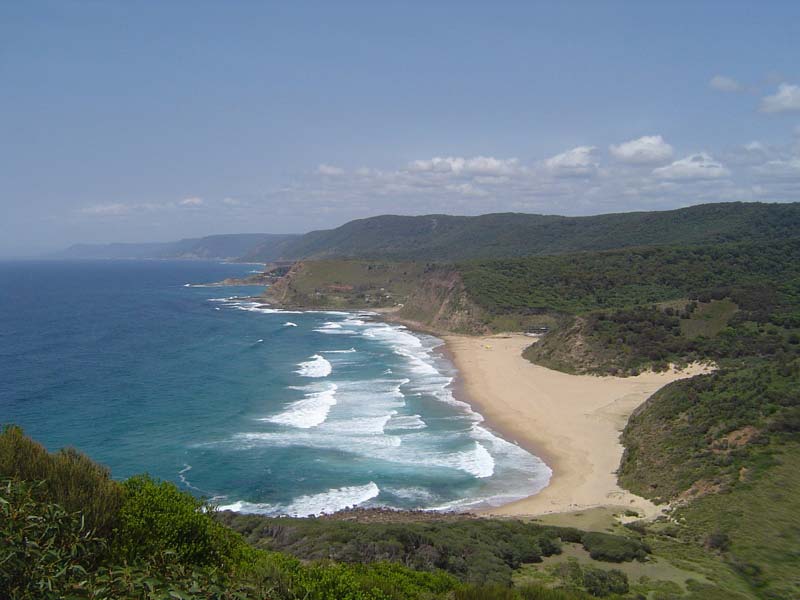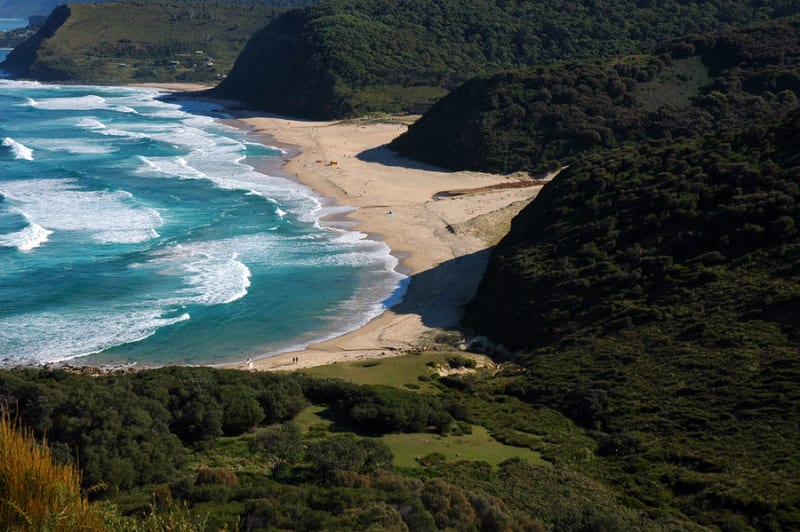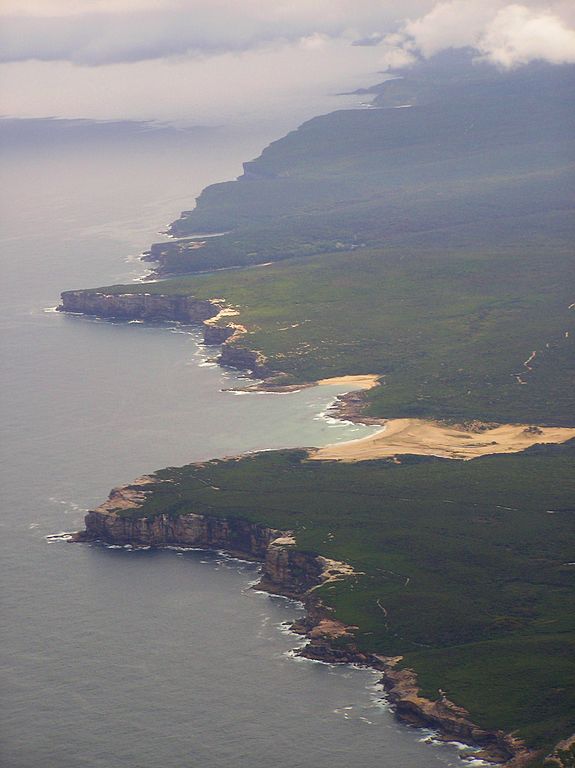Royal National Park
Royal National Park is a national park in the state of New South Wales. The park is the second oldest national park after Yellowstone and the first protected area to have the term "national park" applied to it. The territory, organized on April 26, 1879, was at first called the National Park proper. The renaming took place only in 1955 in honor of Queen Elizabeth II, who had previously visited Australia.
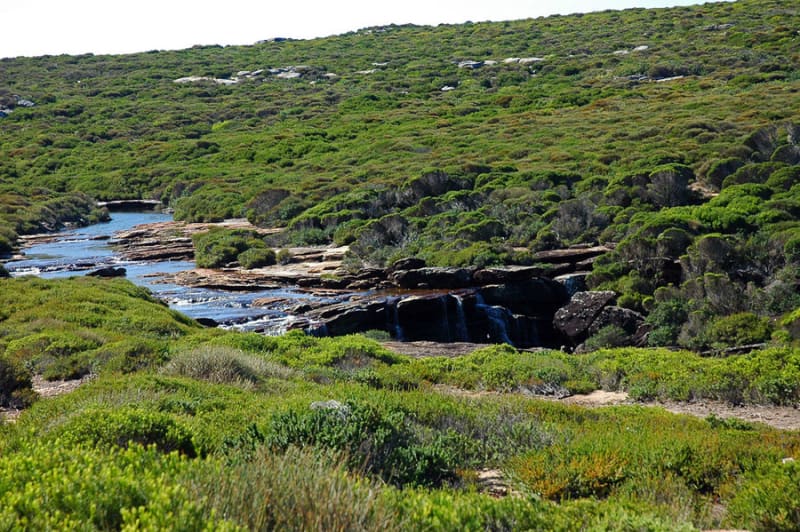
The National park covers more than 150 km2. In July 2006, the park was added to the Australian National Heritage Register. It is home to many species of flora and fauna, some of which are endangered. The park borders South Sydney and Port Hacking Bay to the north, and is bordered by the waters of the Tasman Sea to the east.
As in any other national park, there are many hiking trails in the Royal. The trails in the Royal Park are very convenient so as not to disturb the vegetation, they are often paved with wooden and metal flooring. The main trail runs along the coast, revealing striking views of the rocks, the color of which varies from sugar-white to red, which gives a unique flavor to these places. Mountain biking is allowed on specially marked paths, and traffic on these paths is two-way. One of the most popular routes is a two-day trip along the seashore from Bandina to the town of North Era with an overnight stay in a tent.
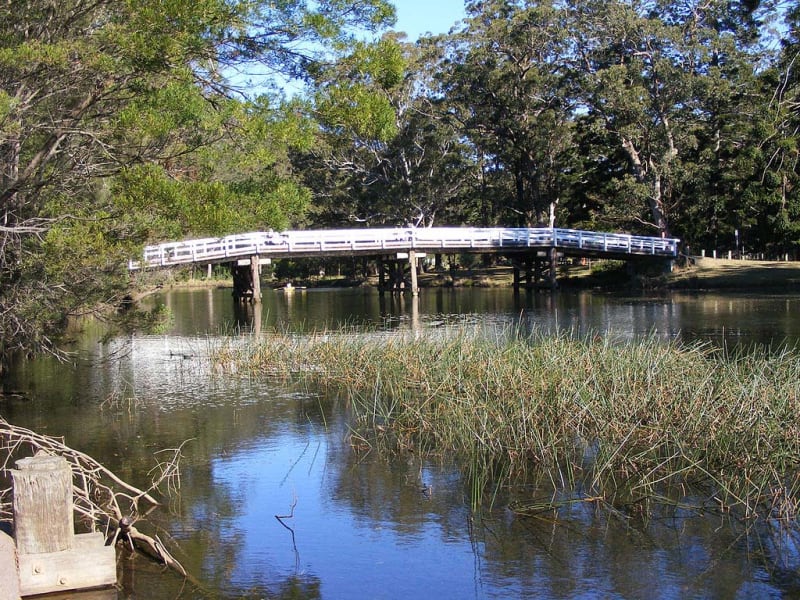
The landscape of the Royal National Park is very diverse – from coastal cliffs eroded by sea waves and small cozy coves to ancient high-altitude plateaus and deep river valleys. The rivers flowing from south to north flow into the wide but shallow Port Hacking Bay, which is the northern boundary of the park. Sandy beaches open to the ocean are a great place for swimming and surfing. Some beaches can be reached by road, while others can only be reached after several hours on foot.
The flora of the Royal National Park is as diverse as its terrain. On the exposed wastelands and coastal areas, you can see rosemary, darwinia, casuarina, sundew, etc. Silver banksia, large-fruited oak and heather are found on the tops of ancient sand dunes. Honey suckers, fiery-tailed amadines and southern soft-tailed malures scurry among these thickets. The coastal rain forest, which survived the human invasions of the 19th and 20th centuries, is dominated by the Australian tea tree and long-leaved lomandra. On the slopes of the river valleys grow mainly eucalyptus trees, pines, red blood trees, and shrubs – banksia, aralia, peppermint. Orchids, wild lilies, irises and hundreds of other amazingly beautiful flowers are also found in the Royal National Park. River valleys are favored by many representatives of birds – golden whistlers, yellow-tailed cockatoos, laughing kookaburras, honey suckers. Among the animals here you can see wallaroo mountain kangaroos, echidnas, koalas, wild dingo dogs.
